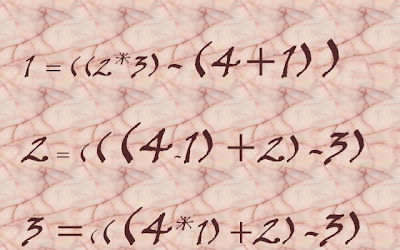Five friends in Timbuktu go to a local restaurant. They do not recognise any of the dishes on the Menu as they are not familiar with
such food but they are excited to try out. Each
one of them orders one dish, not necessarily distinct. The waiter brings the
dishes and places them in the middle, without saying which is which. At
this point, they may be able to tell the names of some of the dishes based on logical reasoning. For example, if two
people ordered the same dish, and everyone else ordered different
dishes, then the item for which two portions arrived can be told deterministically. They enjoyed the food a lot and were eager to try more of it next day.
They return to the restaurant two more times and followed the same experiment,
though with a new set of orders. After three meals, they have eaten all
nine dishes on the menu, and can tell which is which.
What pattern of ordering did they follow to fulfil this?




